Links:
Introduction
Taager is an Egyptian ecommerce company that has been rapidly growing and gaining a strong foothold in the Egyptian market. However, as the company’s operations grew, so did the complexity of managing suppliers and inventory. As a product designer, I was tasked with redesigning the company’s internal dashboard to simplify the process of managing suppliers and inventory for company admins.
The purpose of this case study is to showcase the design process and solutions I created for this project. The challenge was to create a user-friendly dashboard that would simplify the complex tasks of managing suppliers and inventory. The redesign needed to improve the overall efficiency and effectiveness of the Taager team, allowing them to focus on growing the business rather than managing operations.
Background
The target audience for this redesign was the Taager team, specifically the company admins who were responsible for managing suppliers and inventory. These admins needed a dashboard that would simplify their tasks and provide them with the necessary information in an easy-to-use format.
According to a report by Statista, the ecommerce market in Egypt is rapidly growing, with revenue projected to reach over $3.5 billion in 2023. This growth is driven by factors such as increased internet penetration and rising consumer confidence in online shopping.
Design Process
To begin the design process, I conducted a thorough analysis of Taager’s current processes and user feedback. I worked closely with the company’s admins to understand their needs and pain points. With this information, I created user personas to guide the design process and ensure that the new dashboard would meet the needs of its users.
The ideation phase involved generating multiple design concepts and wireframes. The design team considered various design elements such as typography, colors, and layout to ensure that the dashboard was easy to use and understand. In the prototyping phase, I created multiple interactive prototypes to test the design concepts with users and make any necessary changes.
In the testing phase, I conducted user testing with Taager’s admins and received feedback that was used to refine the design. This process involved several design iterations and testing sessions, allowing us to create a final product that was both user-friendly and efficient.
Design Solution
The final dashboard design solution features a simplified user interface that allows admins to easily find the information they need and complete tasks quickly. The design is scalable and adaptable to the company’s growing needs, ensuring that the dashboard will remain useful as the company continues to expand.
The dashboard includes features such as a supplier management system, inventory tracking, and order management tools. These features are all integrated into a single dashboard, making it easier for admins to manage their tasks in one place. The design is also mobile-responsive, allowing admins to access the dashboard from anywhere.
User Feedback
User feedback played a significant role in the design process, and I received valuable insights that helped shape the final product design. Through user testing and feedback sessions, I Ire able to identify pain points and areas that needed improvement. These insights Ire used to refine the design, resulting in a more user-friendly and efficient dashboard.
Final designs
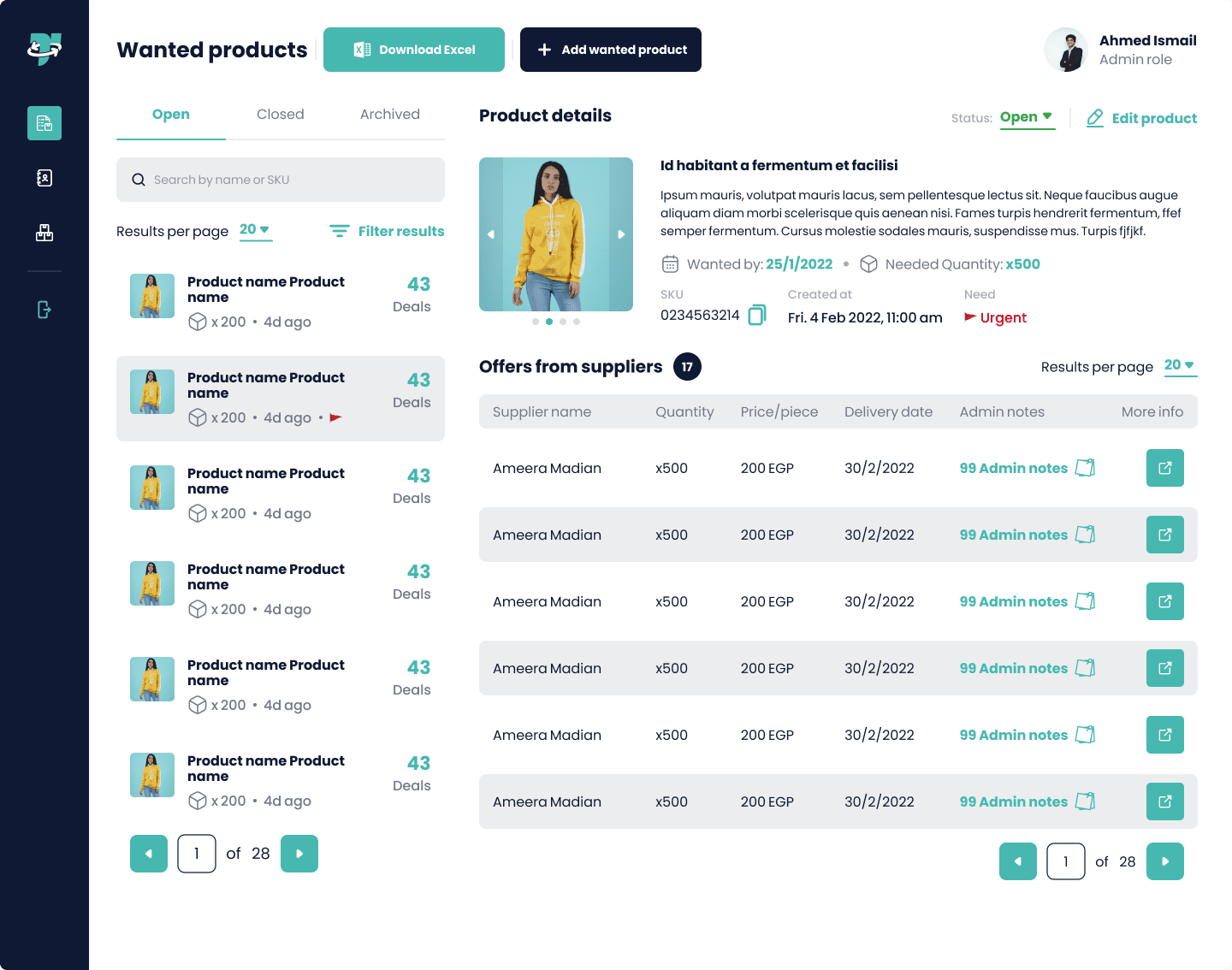
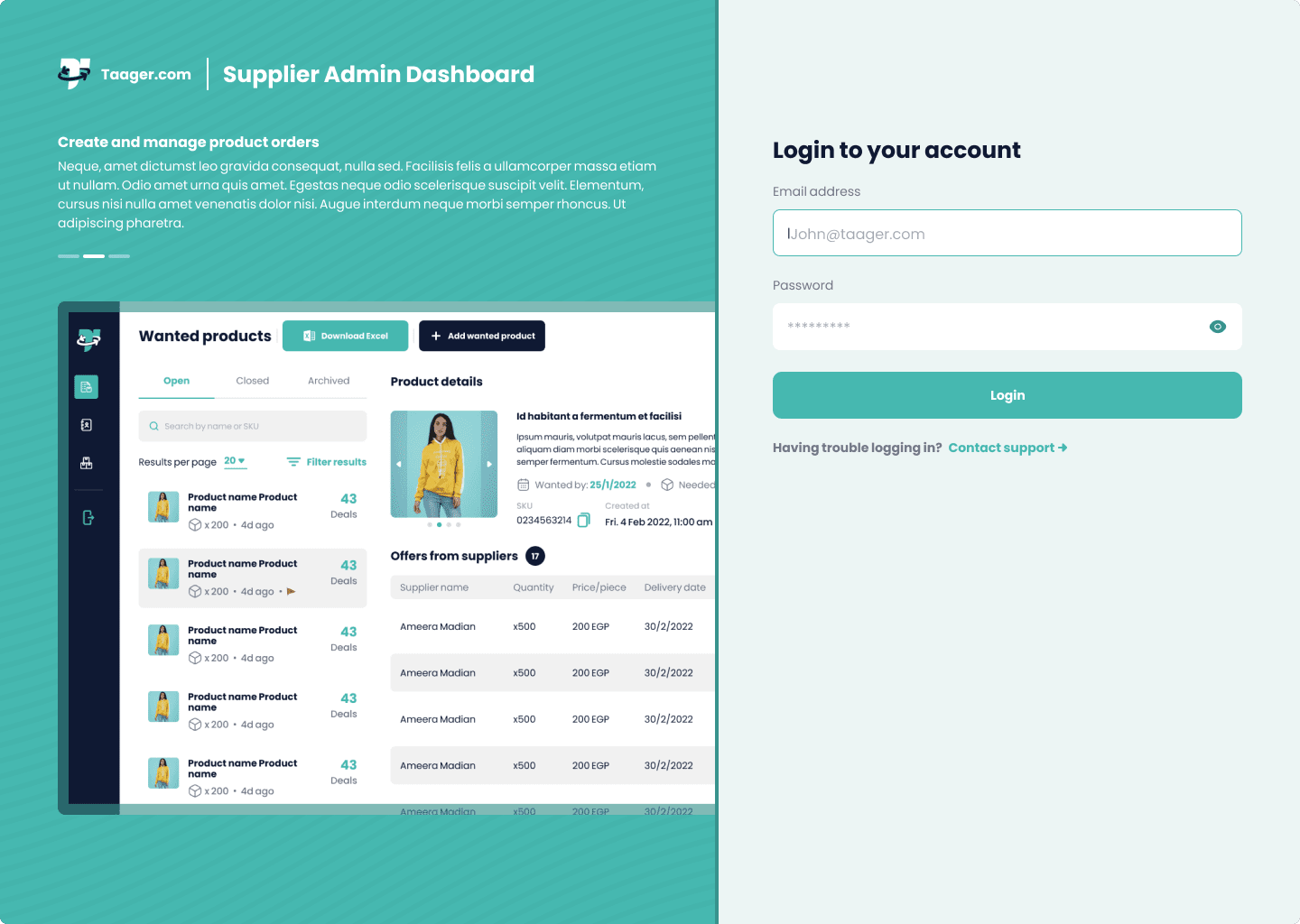

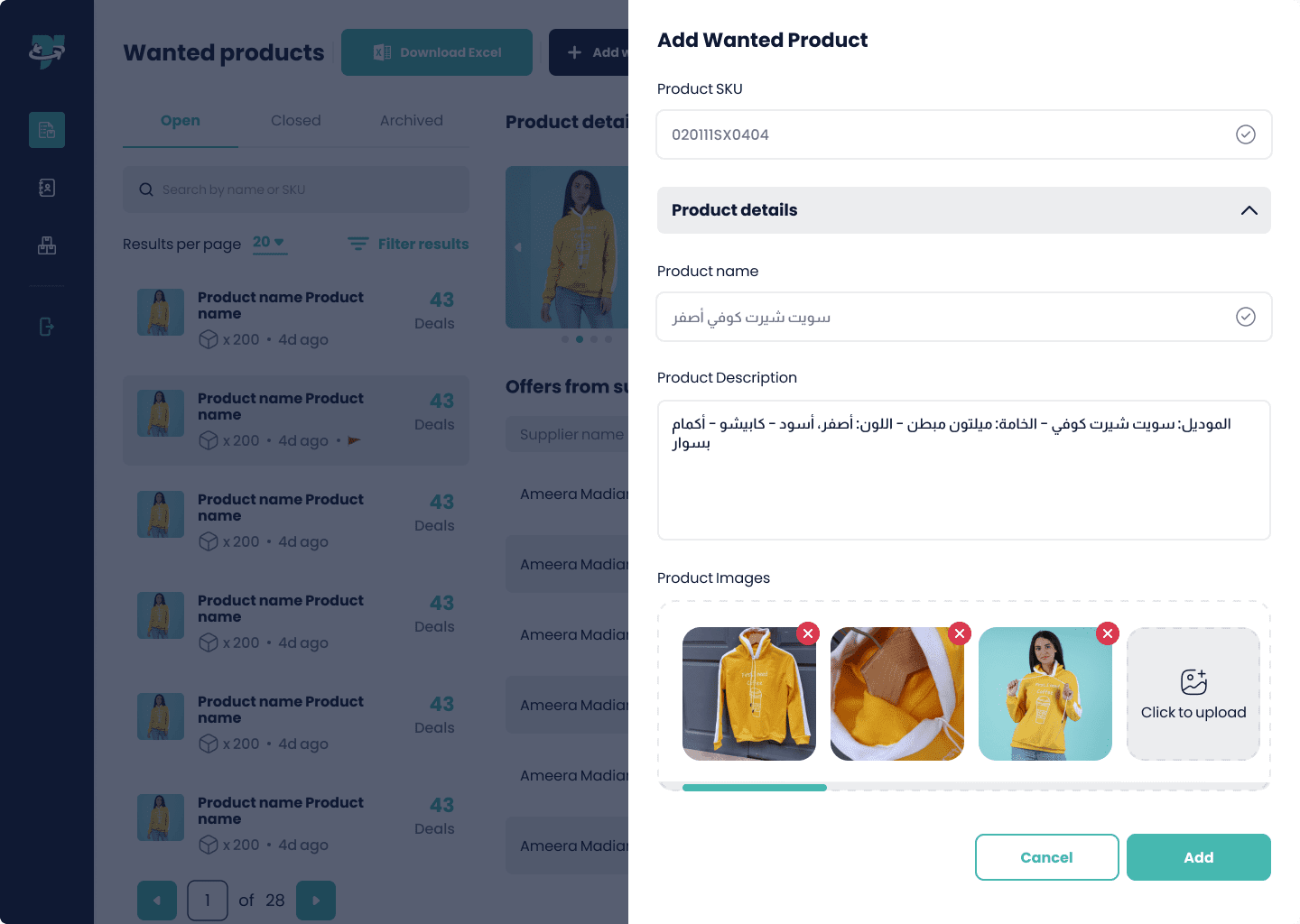
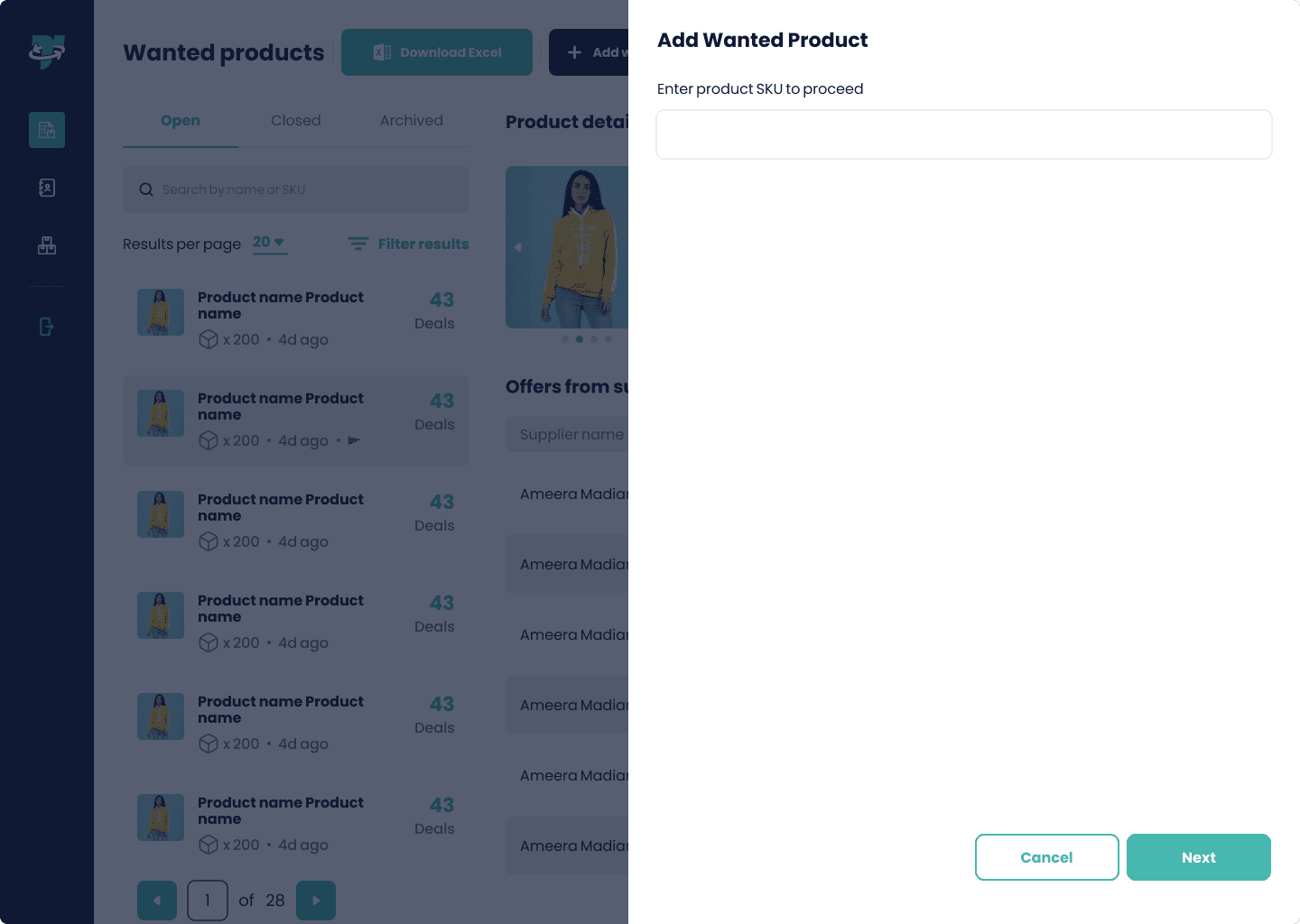
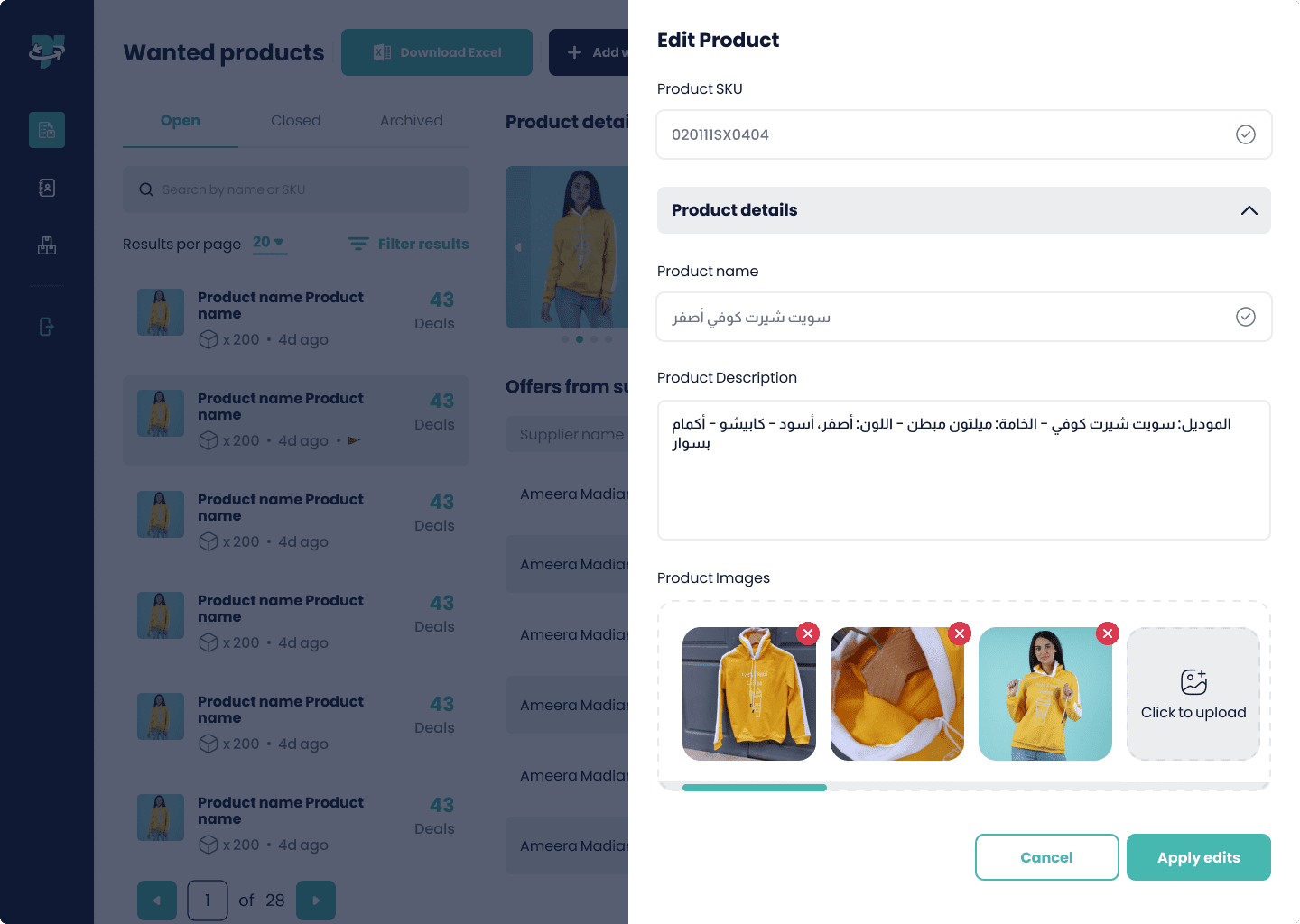
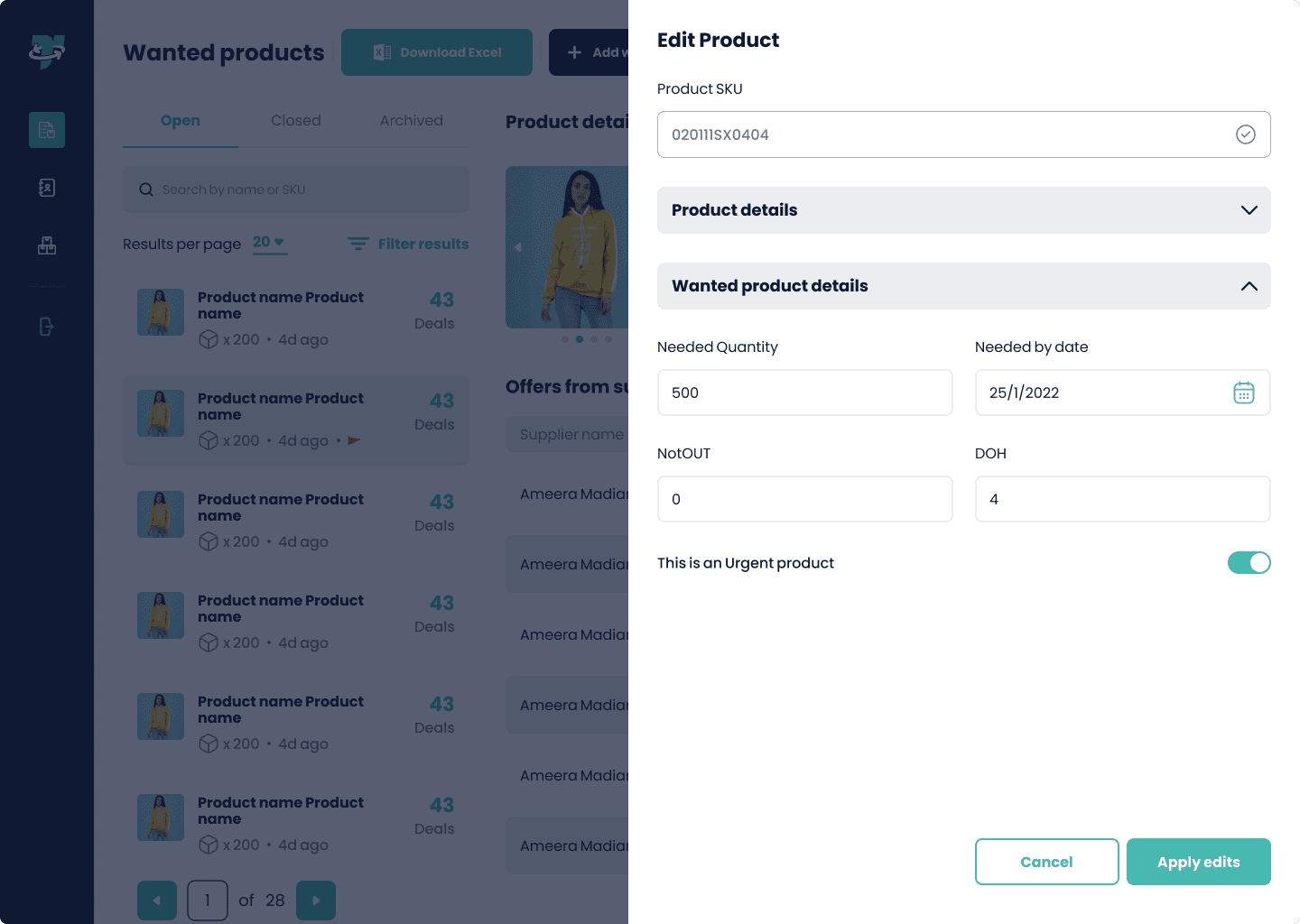
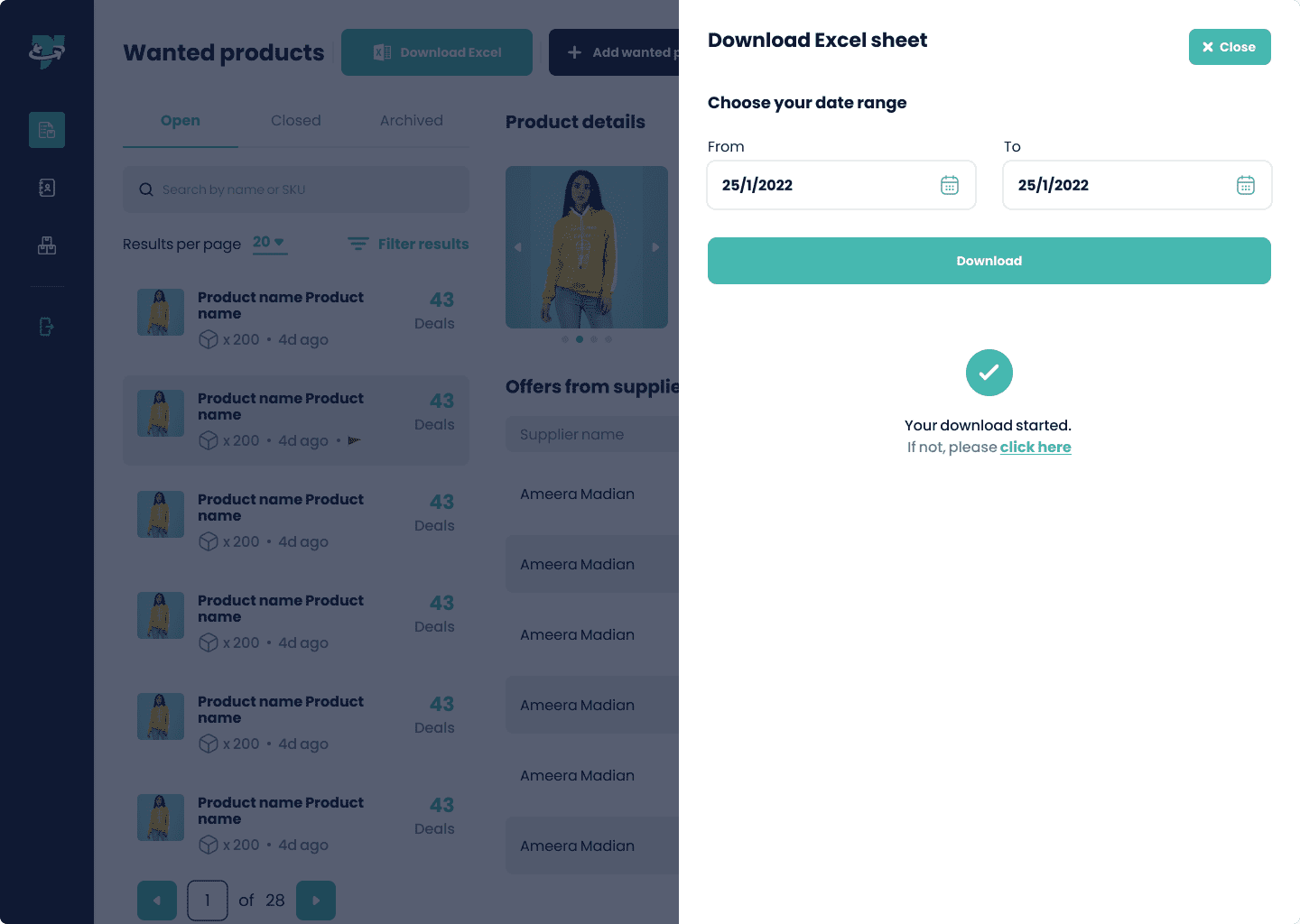
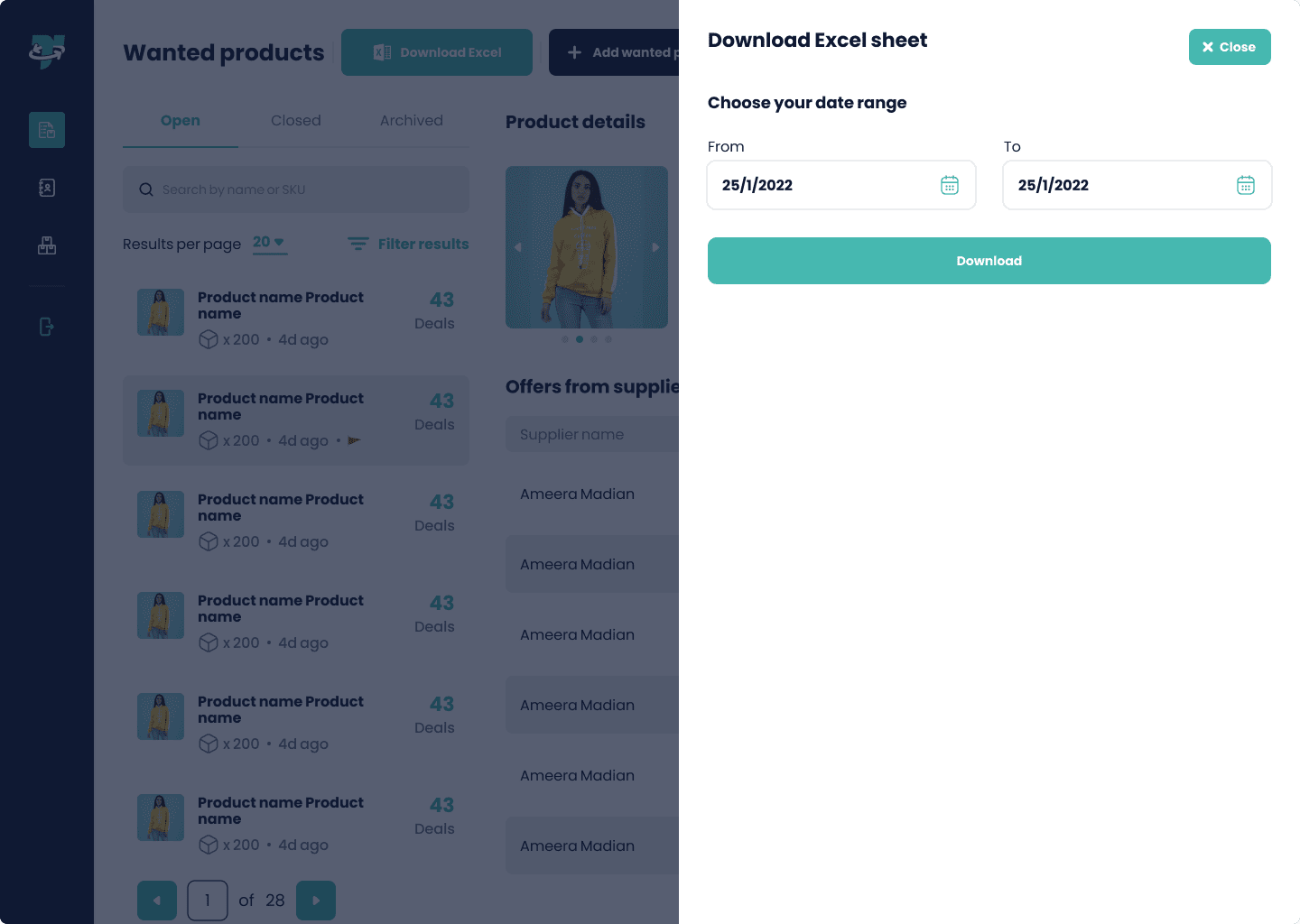
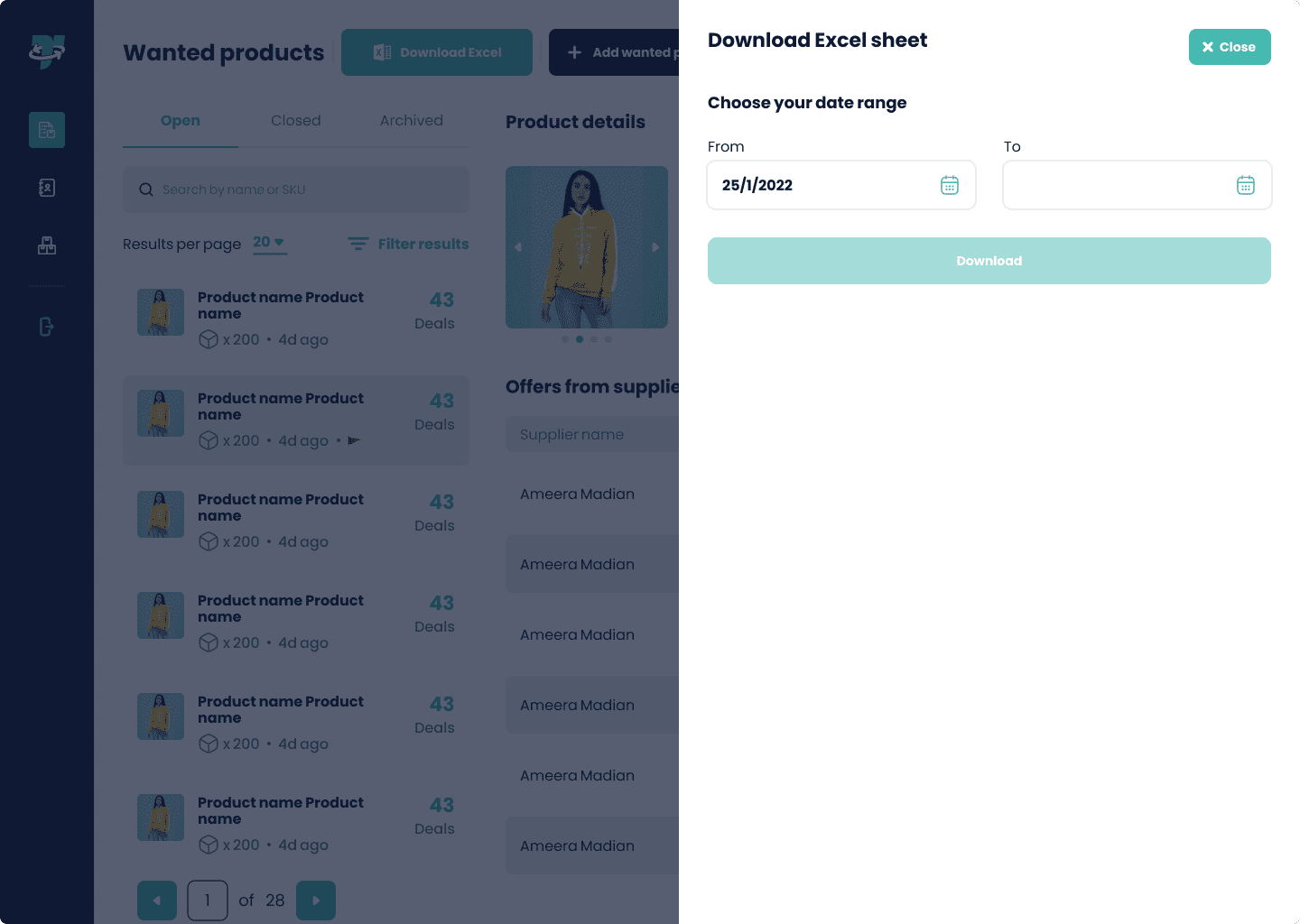
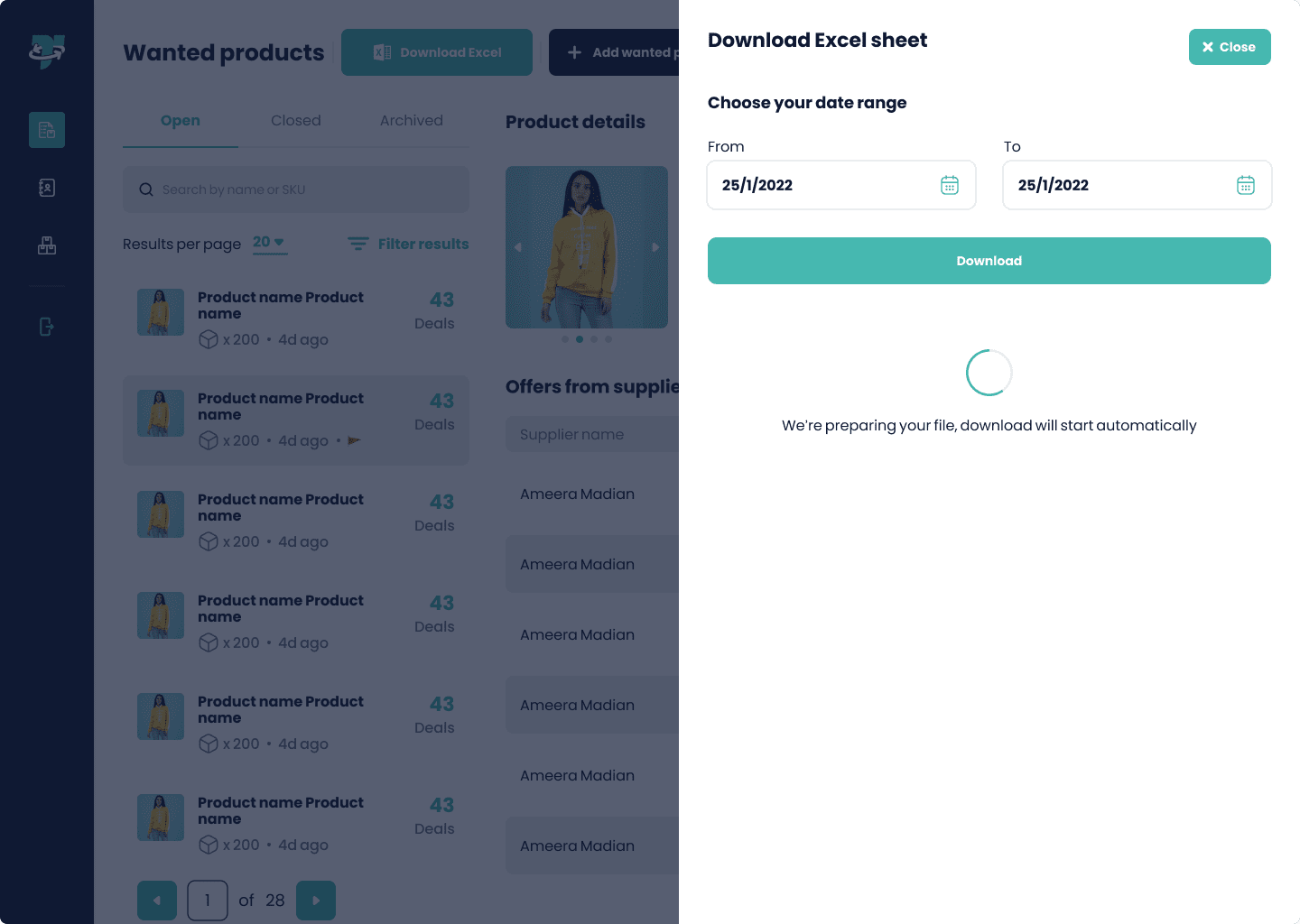

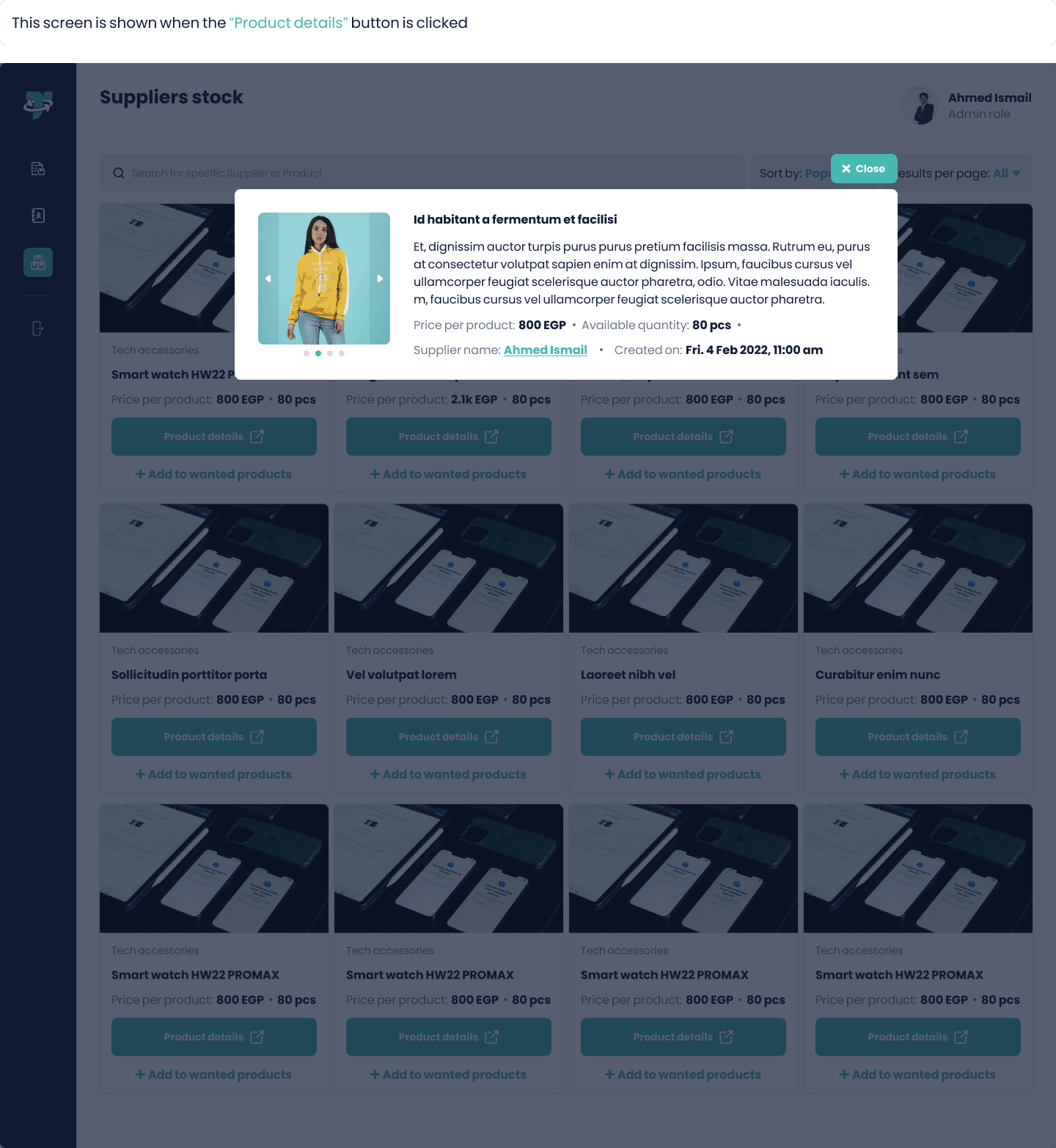
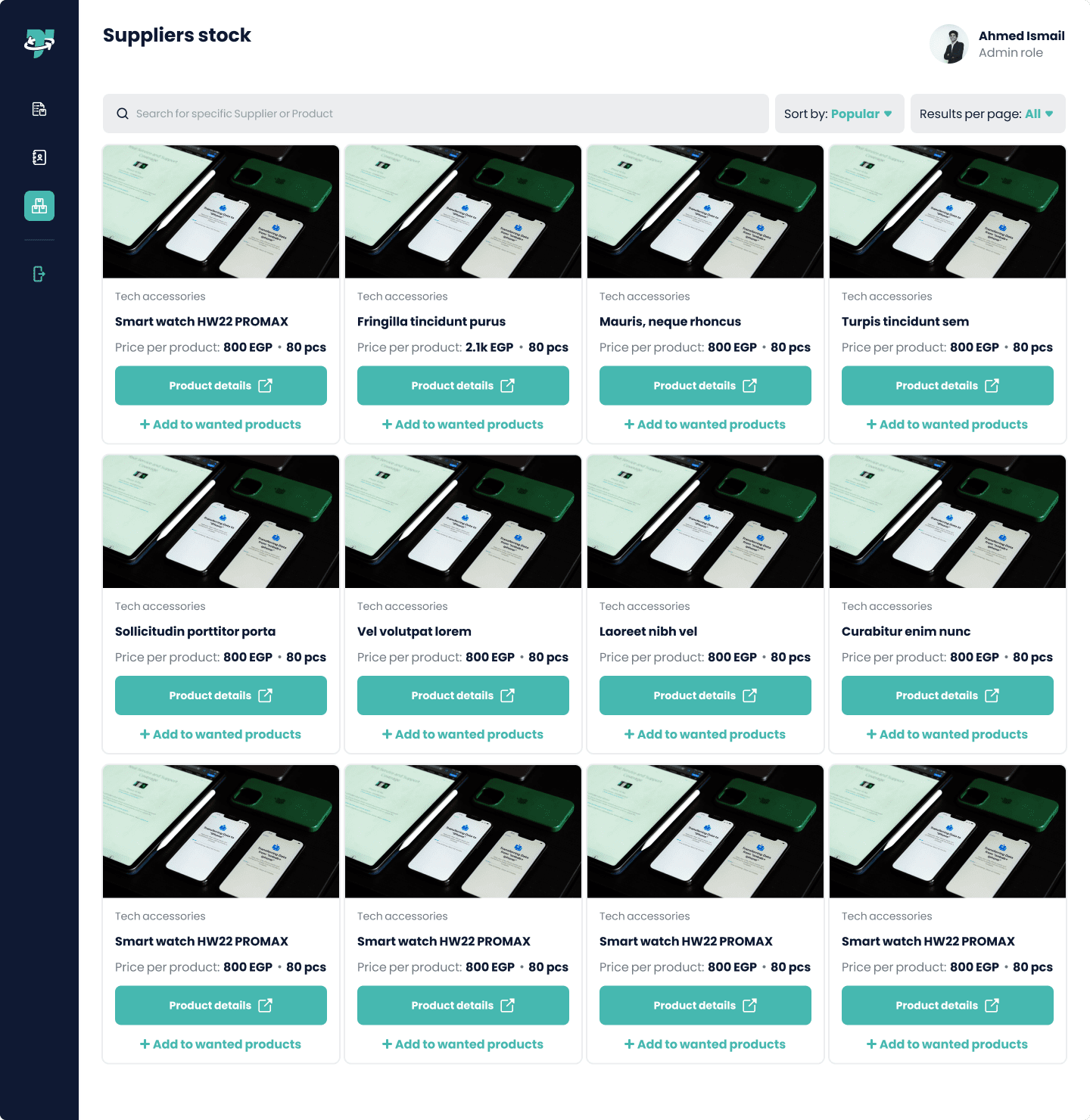
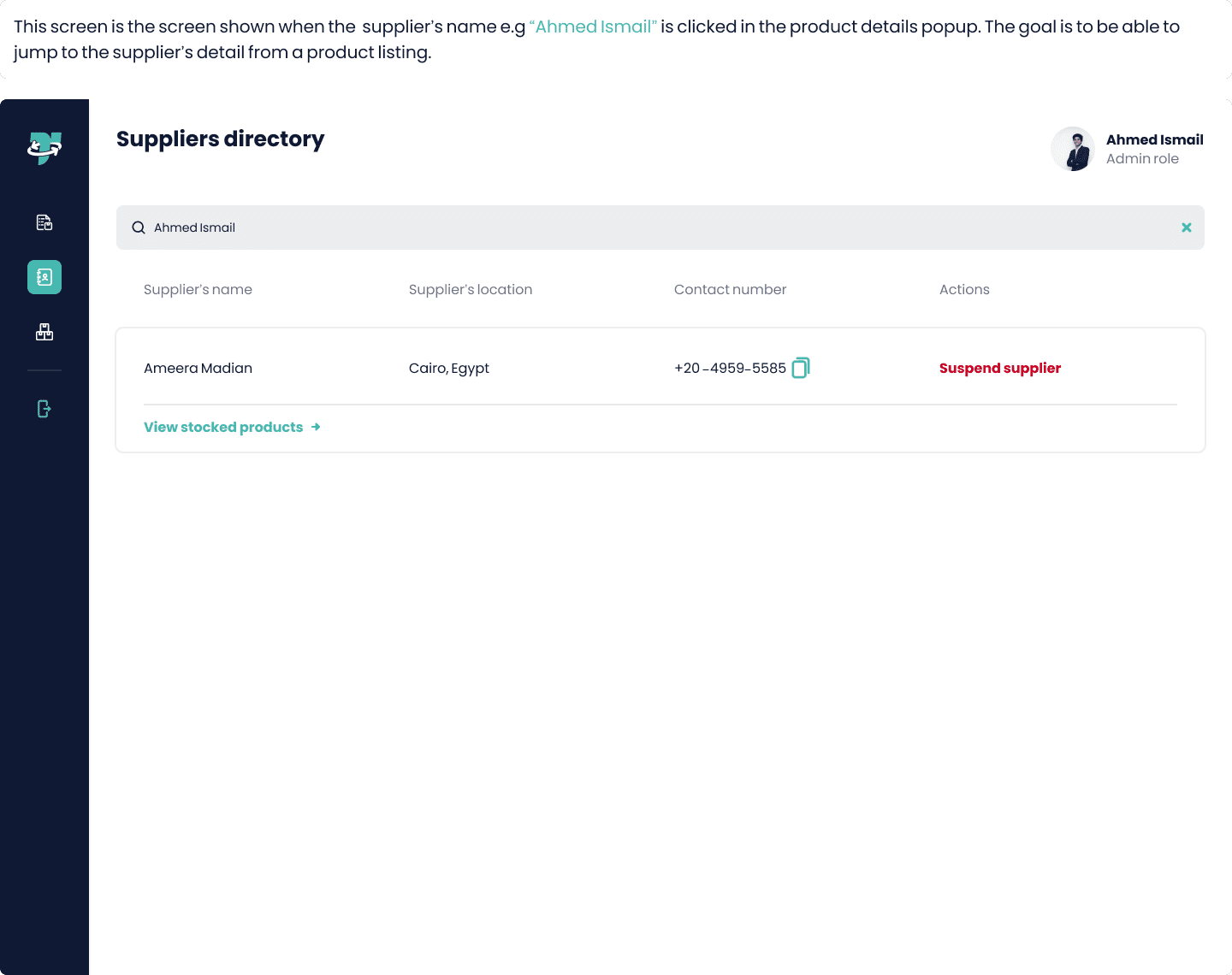
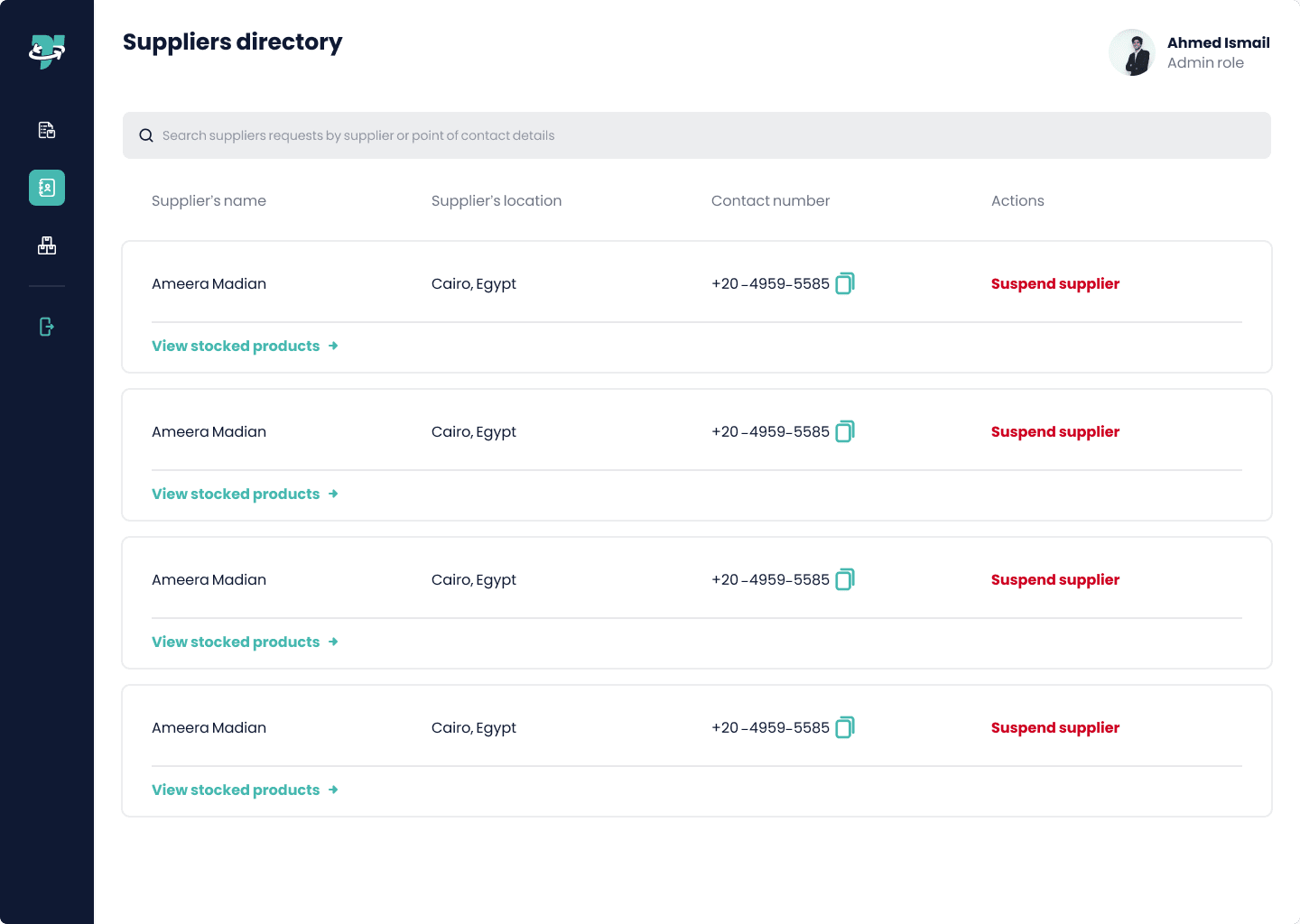
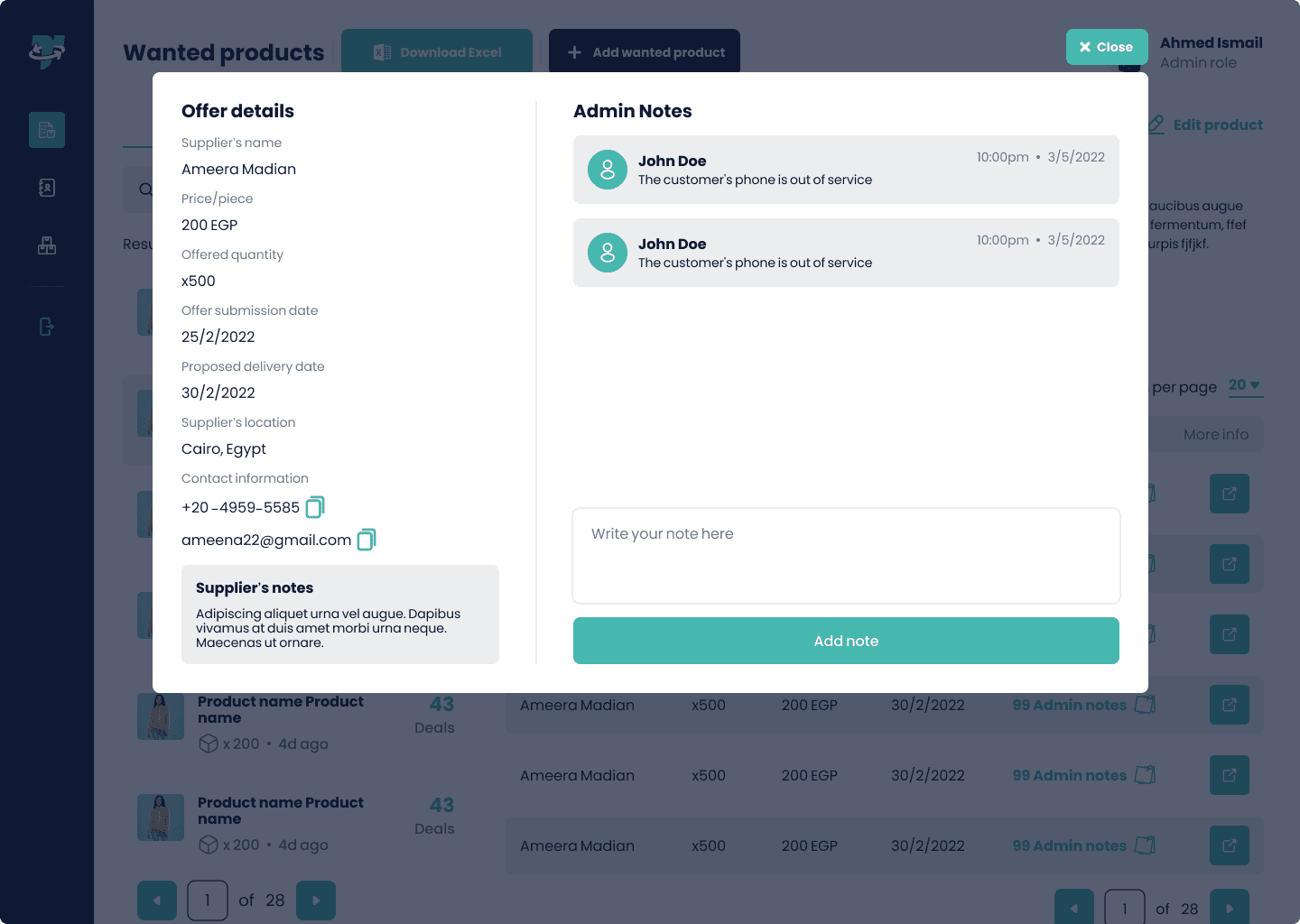
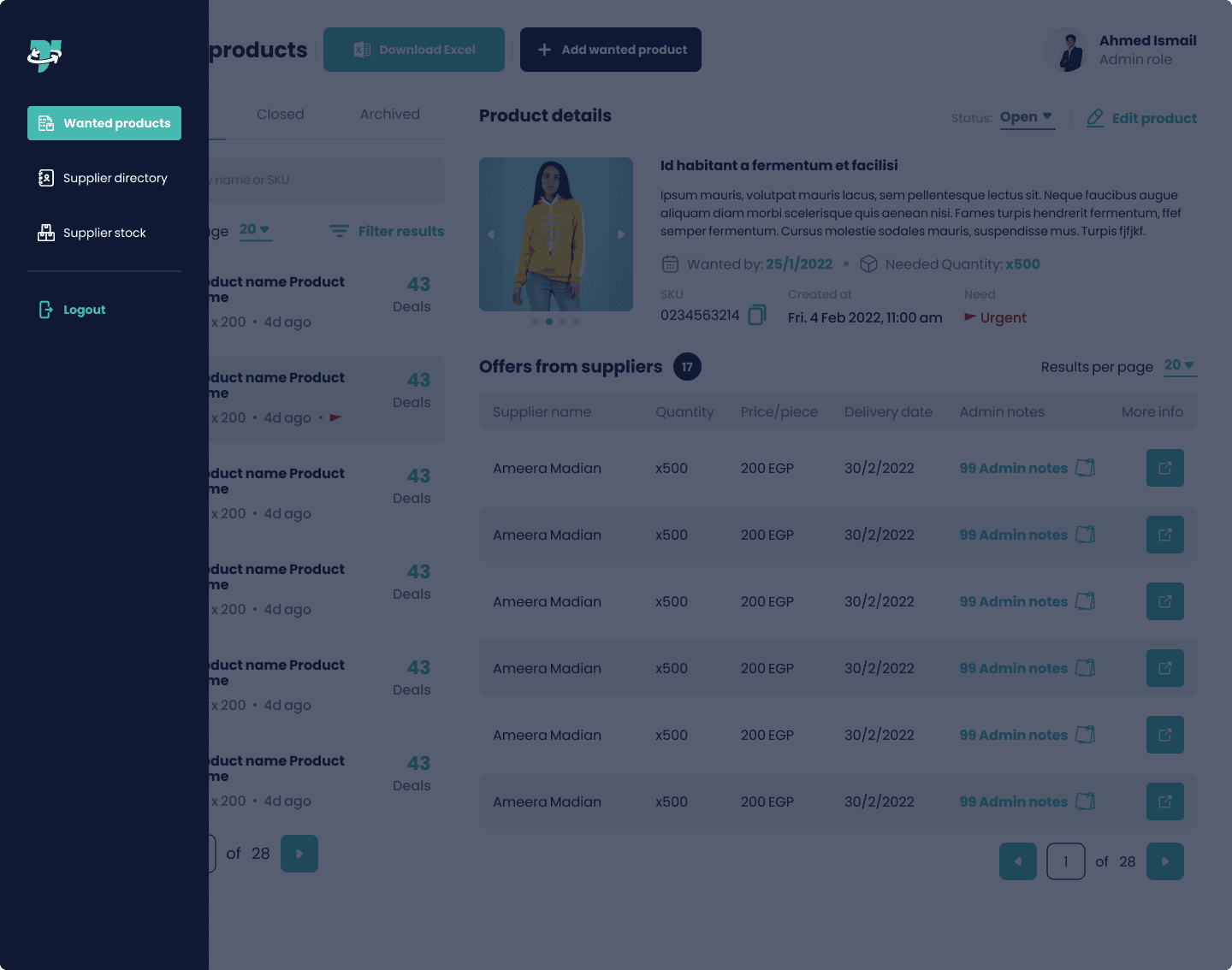
Impact
The new dashboard has greatly improved the efficiency and effectiveness of Taager’s operations. The simplified user interface and intuitive design have made it easier for admins to manage suppliers and inventory, allowing them to focus on growing the business. The scalable design ensures that the dashboard will remain useful as the company continues to expand.
Conclusion
In conclusion, the redesign of Taager’s internal dashboard has greatly improved the efficiency and effectiveness of the company’s operations. Through a thorough design process, I Ire able to create a user-friendly dashboard that met the needs of Taager’s admins. The design team worked closely with the company to understand their needs and pain points, resulting in a dashboard that greatly improved the efficiency of their operations.